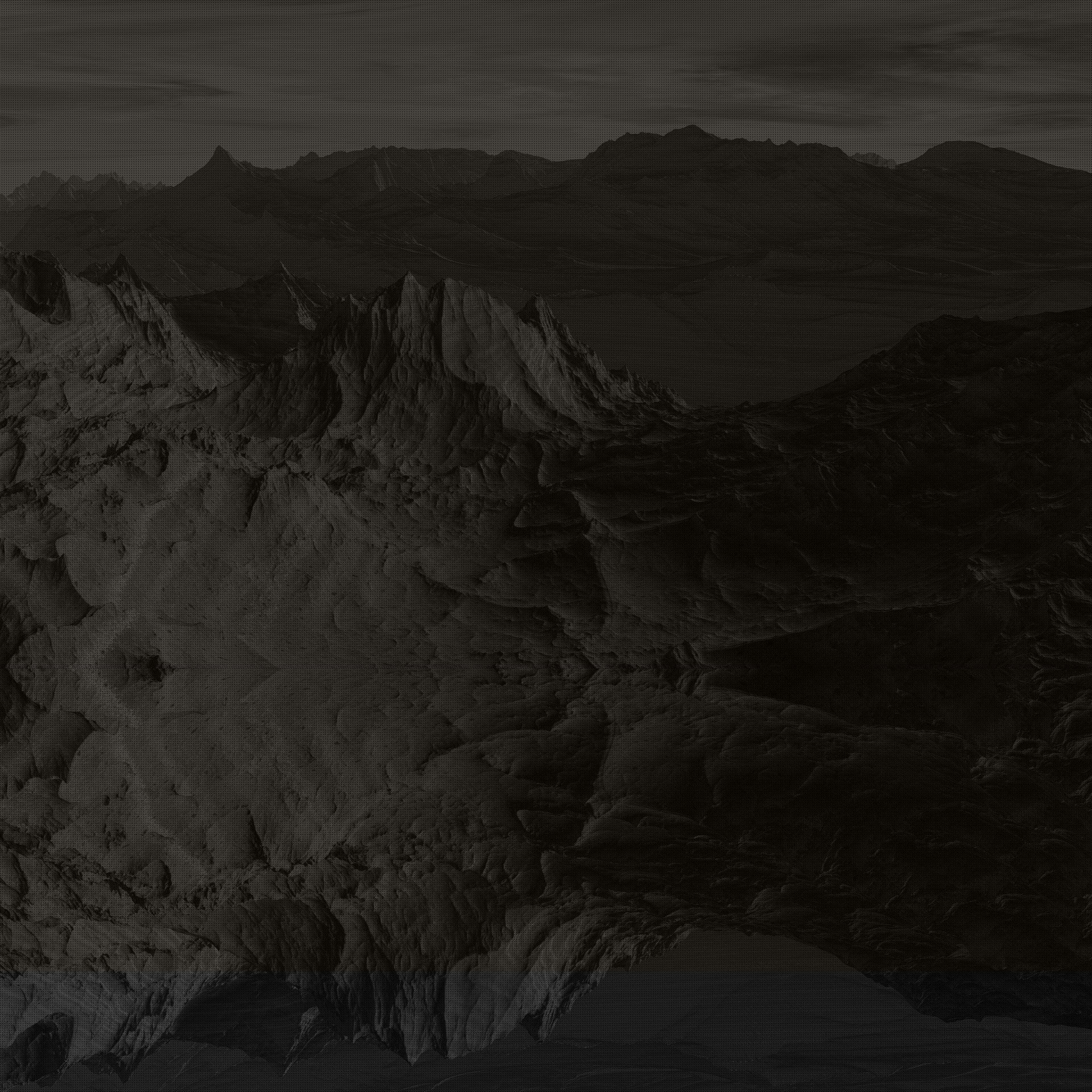

DOLCE: Deploying the Structure
Sergio Pellegrino team
While all of the experiments aboard SSPD-1 ultimately succeeded, not everything unfolded as expected. However, this was precisely the goal for the scientists and engineers involved. The real-world environment of space provided a valuable opportunity to test the components, and the lessons learned will significantly influence the design of future space solar power arrays. For instance, during the deployment of DOLCE, which was planned to take three to four days, one of the wires connecting the diagonal booms to the structure became caught, halting the deployment and damaging the connection between one of the booms and the structure.
With time running out, the team used cameras on DOLCE, as well as a full-scale model in Sergio Pellegrino's lab, to analyze and address the issue. They discovered that the damaged system would deploy more effectively if heated by both direct sunlight and solar energy reflected from Earth.
Once the booms were deployed and the structure unfurled, another challenge emerged: part of the structure became wedged under the deployment mechanism, a problem never encountered during lab testing. Using images from the DOLCE cameras, the team replicated the jamming in the lab and devised a solution. Eventually, Pellegrino and his team successfully completed the deployment by activating DOLCE’s actuators, which vibrated the structure and freed the jam. The insights gained from this experience, according to Pellegrino, will be instrumental in refining the next generation of deployment mechanisms.
"The space test has proven the resilience of the core concept, enabling us to achieve successful deployment despite two unexpected issues," says Pellegrino, Joyce and Kent Kresa Professor of Aerospace and Civil Engineering and co-director of SSPP. "The troubleshooting process has provided valuable insights and sharpened our focus on improving the connection between the modular structure and the diagonal booms. We've also developed new strategies to mitigate the effects of self-weight in ultralight deployable structures."